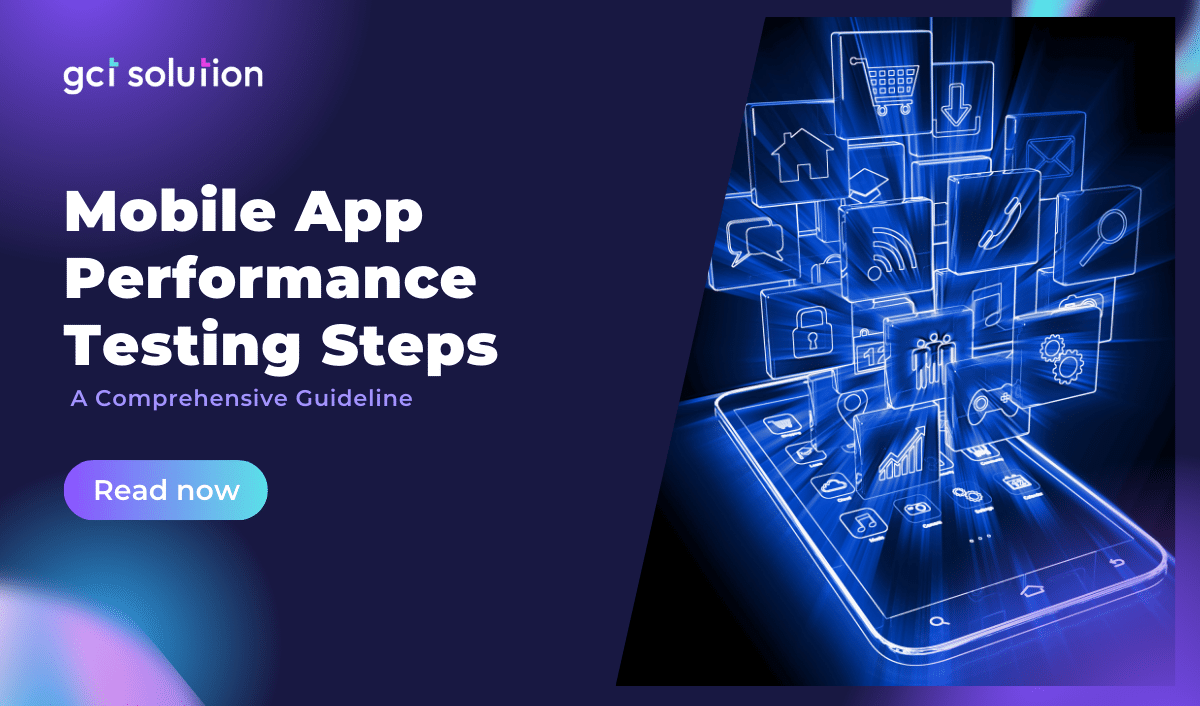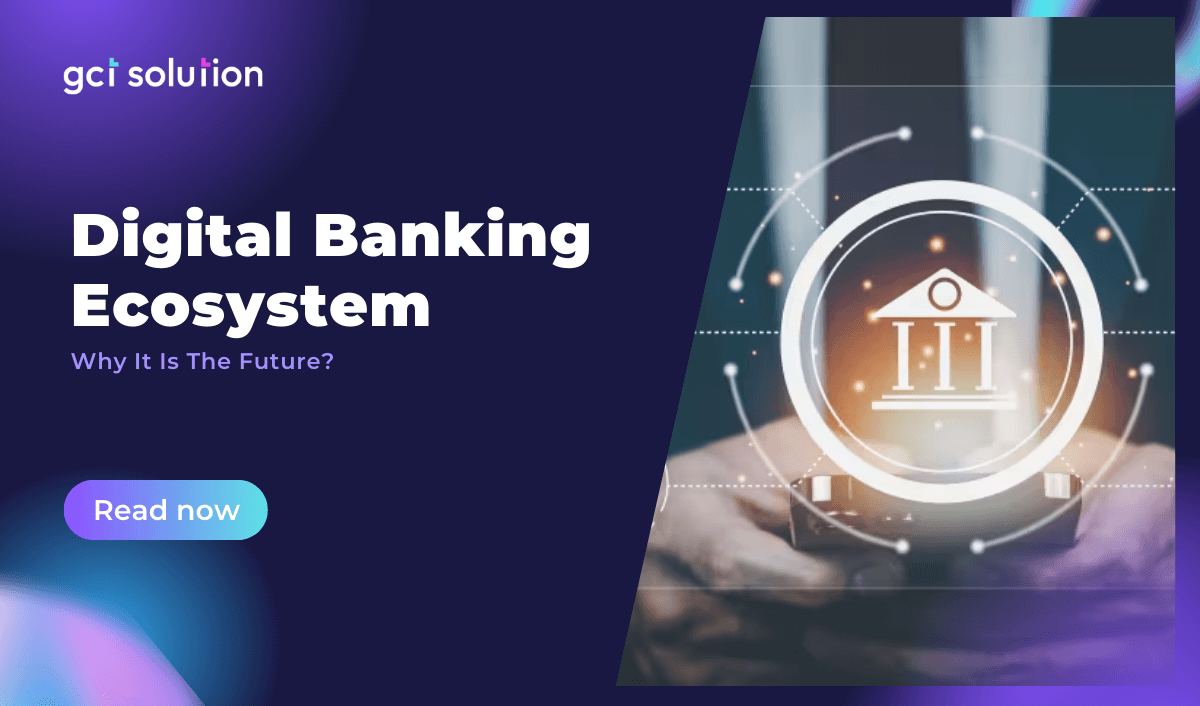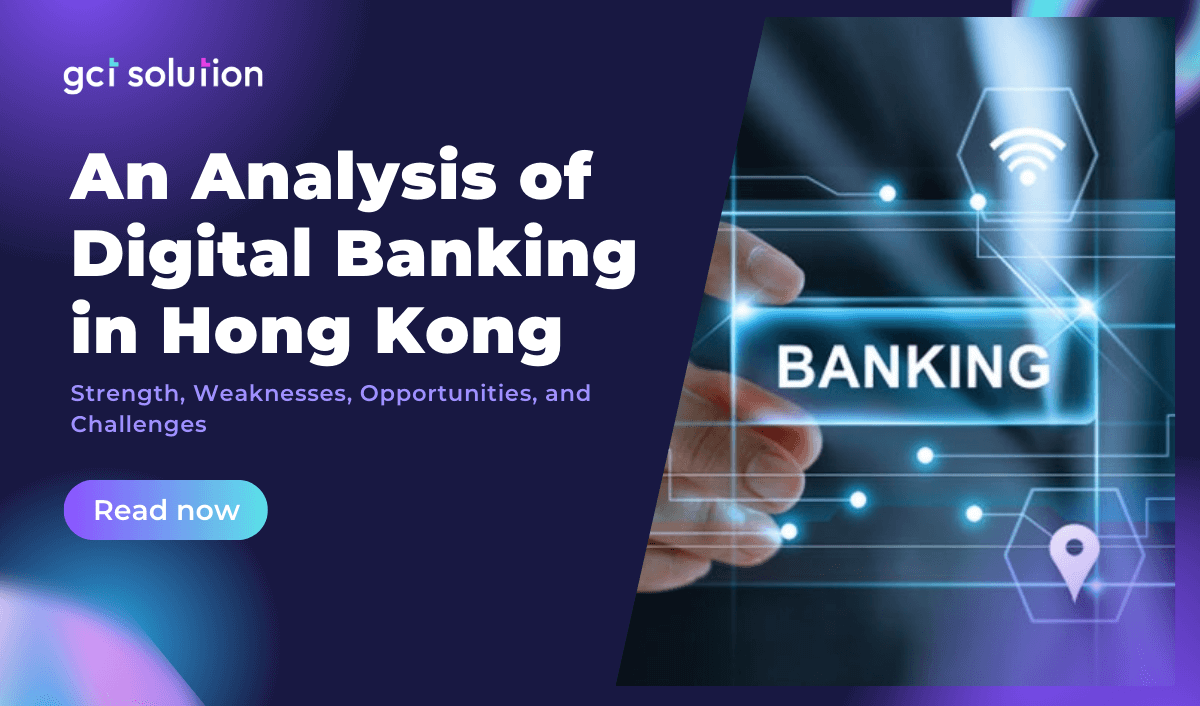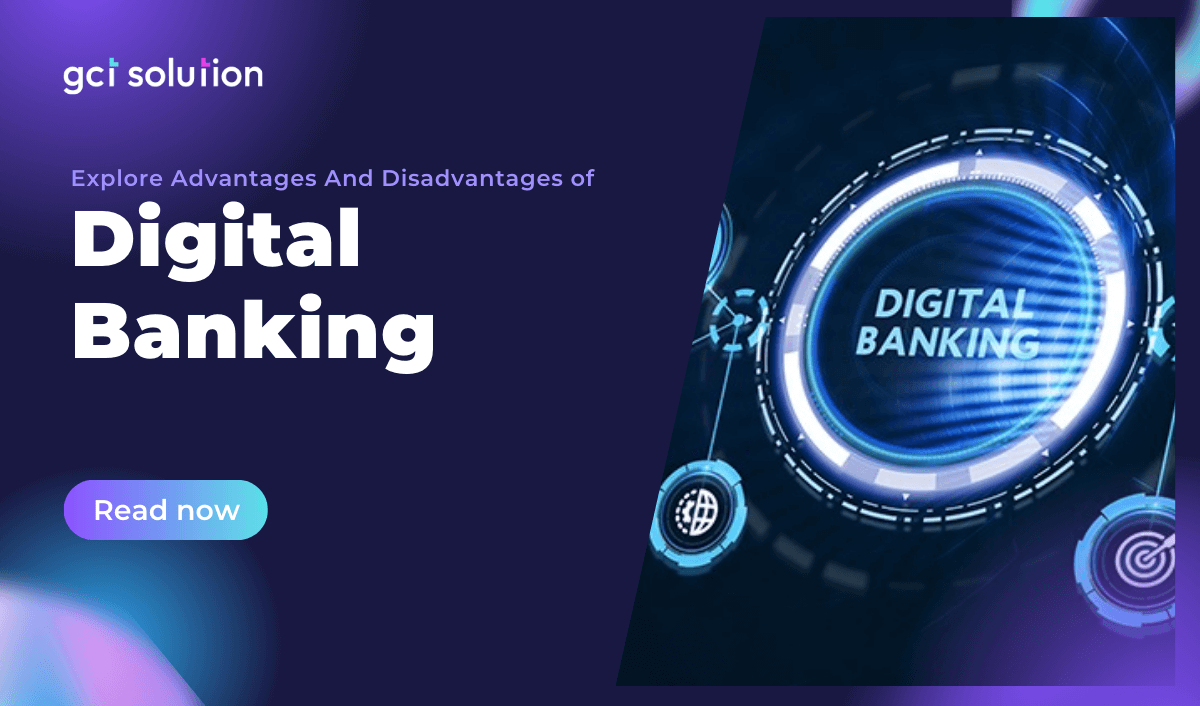Many businesses today must admit the value of having a well-designed mobile application, even though it can be complicated and time-consuming to create an app from scratch. In fact, it can be even idiotic to underestimate the designing process since UX/UI influences the number of clients remaining on your platform and offers users their initial impression. For this reason, the initial mobile app design step should be a well-considered design. It is also essential to plan a thorough strategy for each phase of design in order to attain a successful mobile app development process. In this article, GCT Solution, a leading mobile app development company in Vietnam, offers 6 critical mobile app design steps that can help you outperform competitors and draw in a large audience.
Mobile App Performance Testing Steps: A Comprehensive Guideline
In today's digitally-driven world, mobile applications have become an indispensable part of our daily lives. From communication and entertainment to productivity and shopping, mobile apps cater to a wide range of needs. However, the success of these apps relies heavily on their performance and stability. In fact, a study conducted by Google found that 79% of users would only retry an app once or twice if it failed to work the first time. This highlights the critical importance of mobile app performance testing in ensuring a seamless user experience. As mobile apps continue to grow in complexity and are accessed on a diverse range of devices, thorough performance testing is crucial to identify and resolve any performance bottlenecks. By following a comprehensive guideline, which includes preparation, understanding performance metrics, and implementing the necessary testing steps, organizations can ensure their mobile apps deliver exceptional performance to meet user expectations. Now let's delve into the key sections of this comprehensive guideline, starting with the preparation phase and the mobile app performance testing checklist.
Digital Banking Ecosystem – Why It Is The Future?
Sooner or later, brick-and-mortar institutions will soon be replaced by the new digital banking system. According to a report by Bankrate, in 2022 alone, over 2/3 of the US population (65.3 %) adopted digital banking services. With the advent of the internet, mobile phones, and other technological advancements, banks have embraced the digital age and are moving towards a digital banking ecosystem. The digital banking ecosystem refers to a set of interconnected platforms, tools, and systems that enable customers to access banking services using digital channels. In this blog, GCT Solution will explore what the digital banking ecosystem is, an example of a digital ecosystem, why it is important for banks, and how digital ecosystems in finance are evolving.
10 Best Digital Banks in The US That Customers Should Look For!
According to a survey by PwC, 46% of US consumers use digital channels as their primary banking method. Indeed, with the rise of technology and the internet, people are looking for faster and more convenient ways to handle their finances. Whether you’re looking to save money, earn high-interest rates, or simply streamline your banking process, there are plenty of digital banking options available in the US. In this article, we’ll explore the 10 best digital banking US and what sets each one apart.
An Analysis of Digital Banking in Hong Kong: Strength, Weaknesses, Opportunities, and Challenges
Digital banking has indeed, gained significant momentum in Hong Kong, with mobile banking adoption nearly reaching 80%, and more than half of users have not visited a physical branch in the past year. Mobile banking applications and internet banking were the most popular channels among customers of all ages and asset sizes over the last year (Bain & Company). The COVID-19 pandemic has further accelerated this trend, as people turned to digital banking for contactless transactions and financial management. In this article, we will conduct a SWOT analysis of digital banking in Hong Kong and explore the opportunities and challenges that digital banking companies should set sights on in this rapidly evolving market.
Online Banking and Digital Banking: What You Should Know About These Two Definitions?
Digital banking vs Online Banking are two nearly similar terms that are sometimes overlapped. As the expansion of the digital financial market has continuously skyrocketed, it’s ignorant not to give notice of these financial terms. To help you grasp a better understanding of Online Banking and Digital Banking, let’s dig into our blog!
Explore Advantages And Disadvantages of Digital Banking
Like anything in the world, digital banking has several benefits as well as some drawbacks. Digital banking allows you to use the internet to access banking services, transfer funds domestically and internationally, pay bills, and invest in mutual funds. However, when becoming a user of digital banking, you may face the risk of cybercrime. Digital banking is a fantastic invention, considered the game changer of the banking industry. Digital banking has changed the way we carry out bank transactions, because we can now access almost all types of banking services via a mobile device with Internet access. In this article, GCT Solution will suggest some pros and cons of digital banking in this digital world.
Digital Banking: A Buzz In The Banking Sector
Digital banking refers to the automation of traditional banking services. Customers of a bank can use their digital banking system to access banking products and services via an electronic/online platform with a mobile device. Digital banking entails digitizing all banking operations and replacing the physical presence of banks with an everlasting online presence, making a convenience for a consumer for not having to visit a branch.
Digital Banking Trends 2023: The Future of Banking (Updated)
After the pandemic, the banking industry has drastically shifted from physical banking to digital technologies. With the rise of new technologies, digital banking has become the bee's knees for consumers all over the world. As the use of mobile devices continues to skyrocket, banks have had to up their game and pivot towards digital services to keep up with changing customer behavior. In this blog, we will take a closer look at the past and current status of global digital banking, the catalysts that are fostering its growth, and forecast the digital banking trends of 2023. We will also explore how small, medium, and large businesses can benefit from these trends in digital banking. So fasten your seatbelts, and let’s explore the future of digital banking together!
Digital Banking Transformation: A Change in Customers Behavior
The banking industry has withstood a momentous transformation over the last decade, with the rise of digital technology leading the charge. Gone are the days of having to wait in line at a physical bank, or even worse, having to send checks via mail. Now, with just a few taps on a smartphone, customers can manage their finances, make transactions, and even apply for loans. A report by Vantage Market Research found that the Global Mobile Banking Market had a value of USD 692.5 Million in 2021 and is anticipated to reach USD 1,359.5 Million by 2028. Over the projection period, the Global Market is anticipated to expand at a Compound Annual Growth Rate (CAGR) of 11.9%. This growth can be attributed to the upward trend of digital technology in the banking sector, allowing for a more convenient and comprehensive banking experience for customers. In this blog, we will dive deeper into the world of digital banking transformation and explore its impact on the industry. We will go through some examples of digital transformation in the banking sector and analyze its strengths, weaknesses, opportunities, and threats (SWOT). Lastly, we will explore how businesses can take advantage of the digital banking transformation to improve their financial management and stay ahead of the curve. So, buckle up and get ready to learn how the world of banking has changed and where it is headed in the future.










